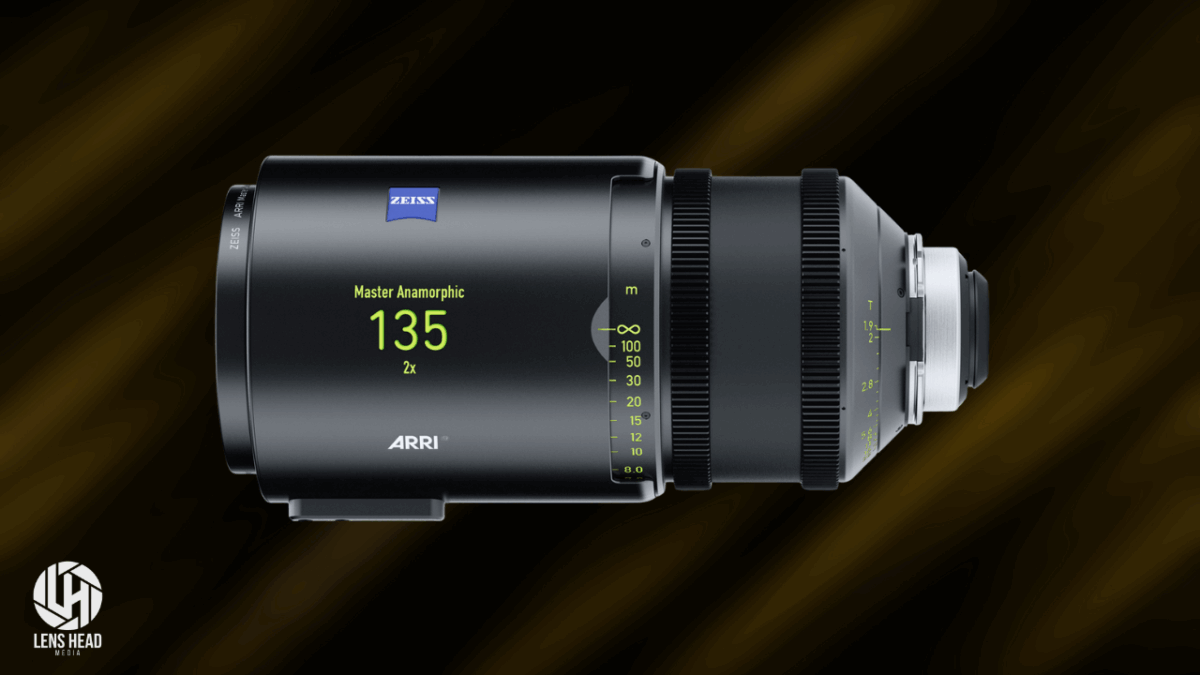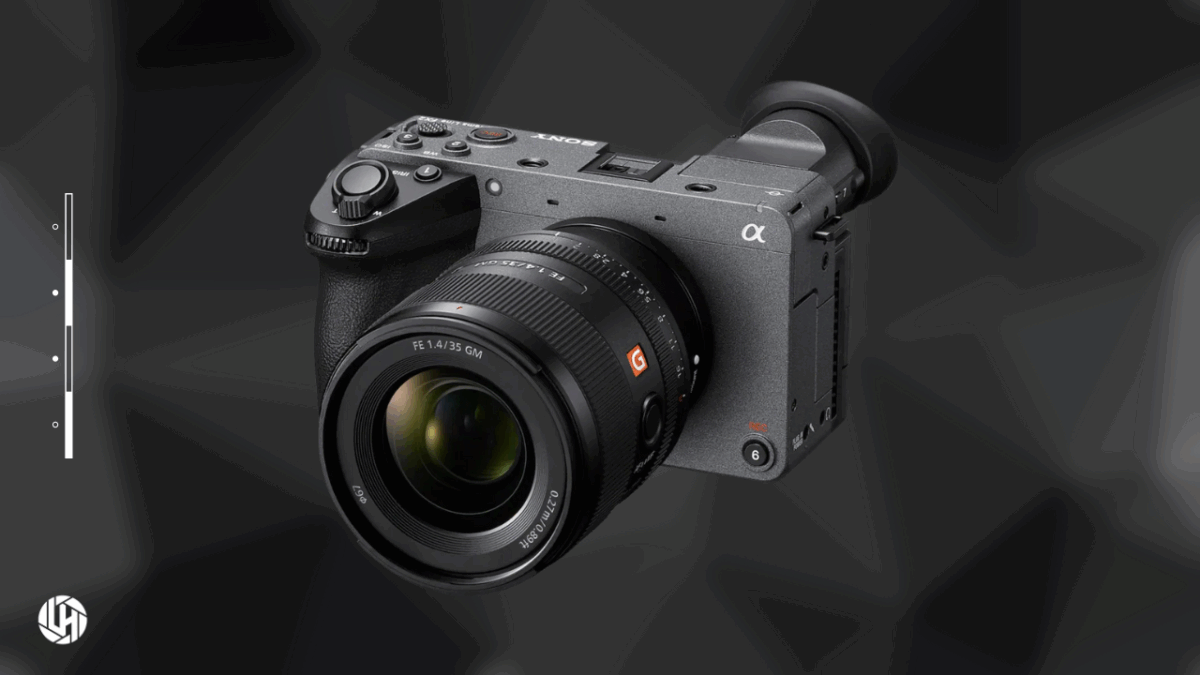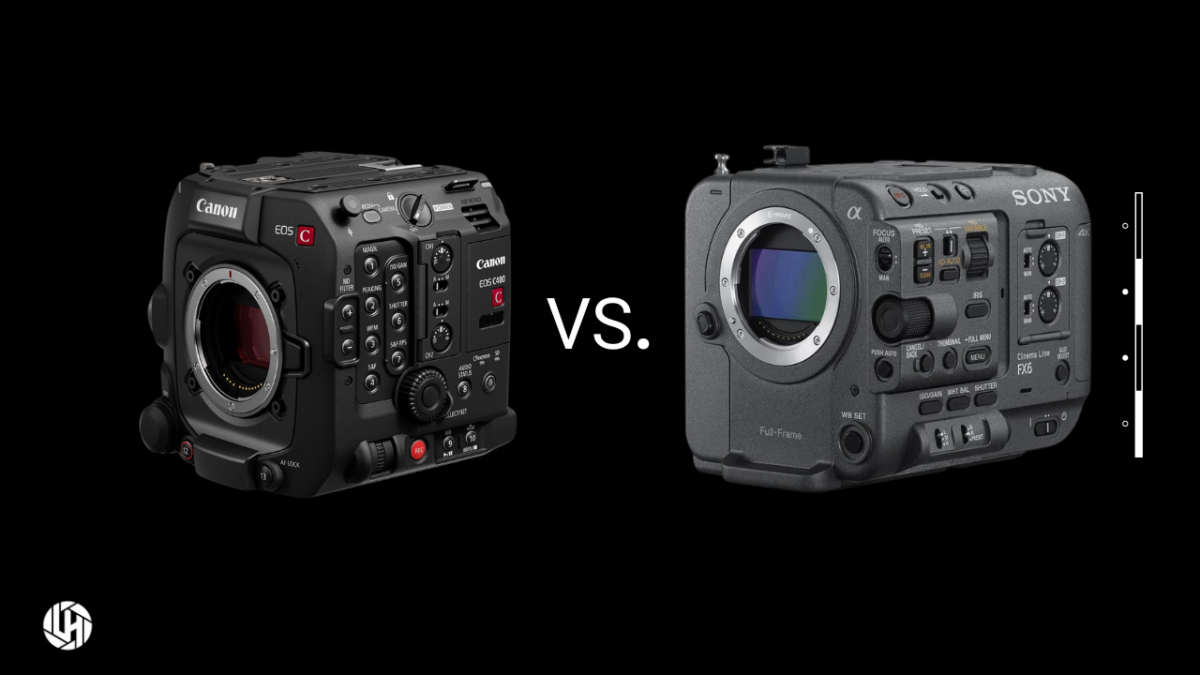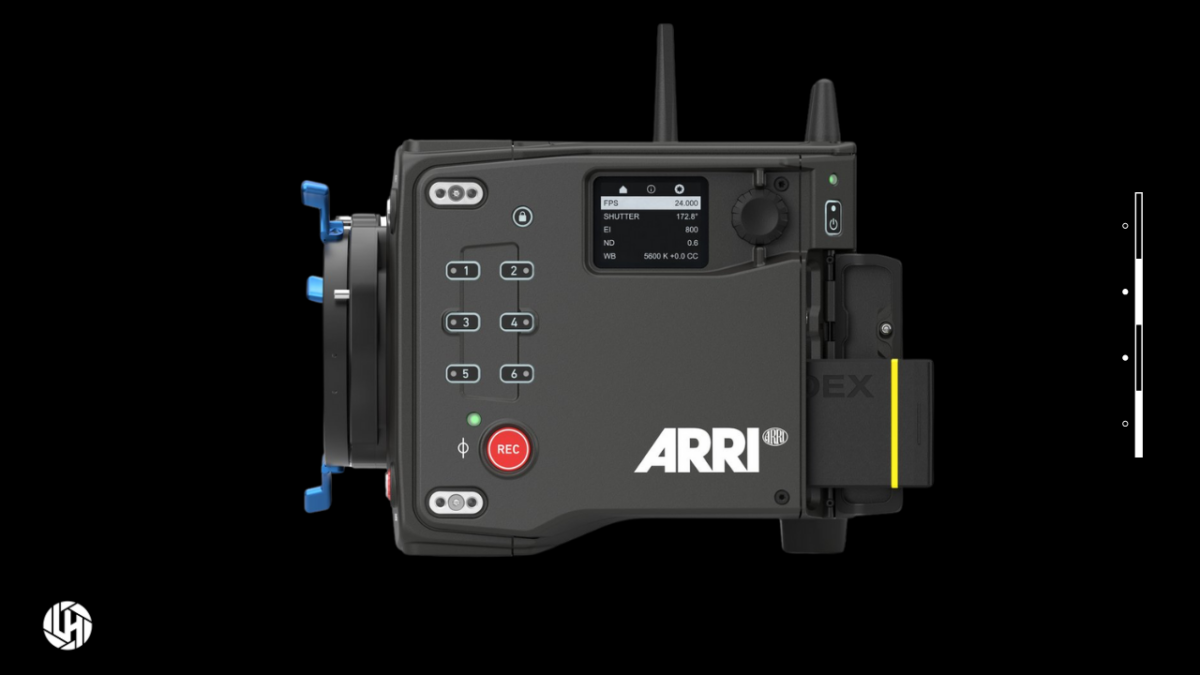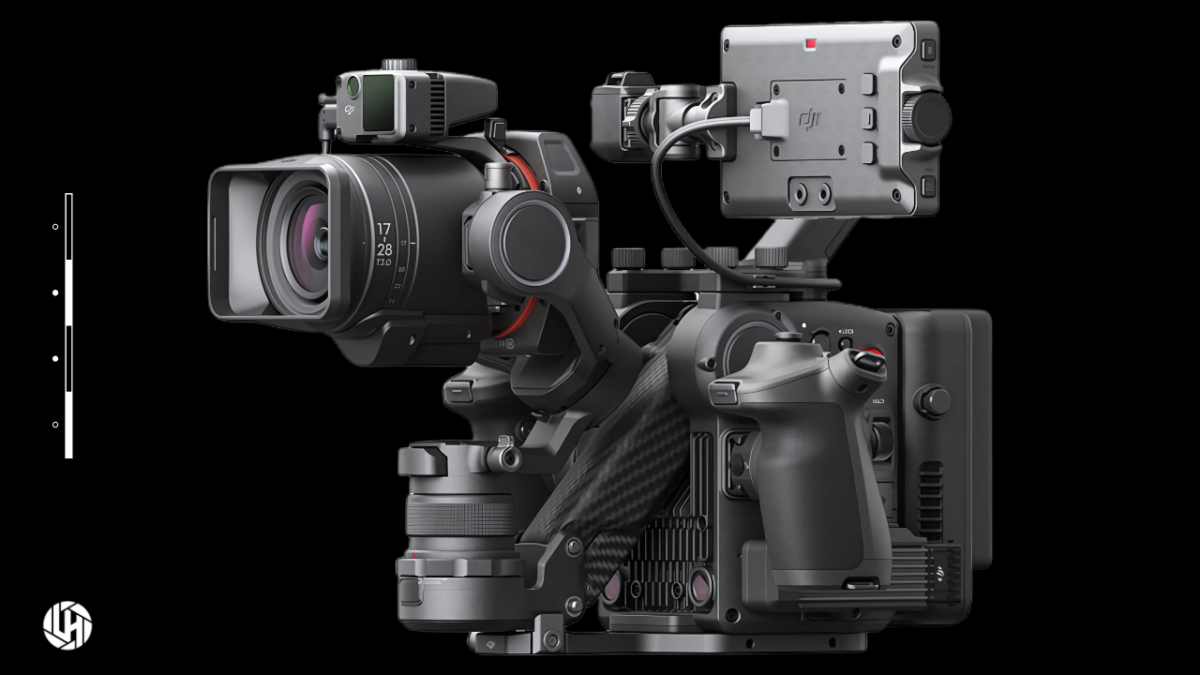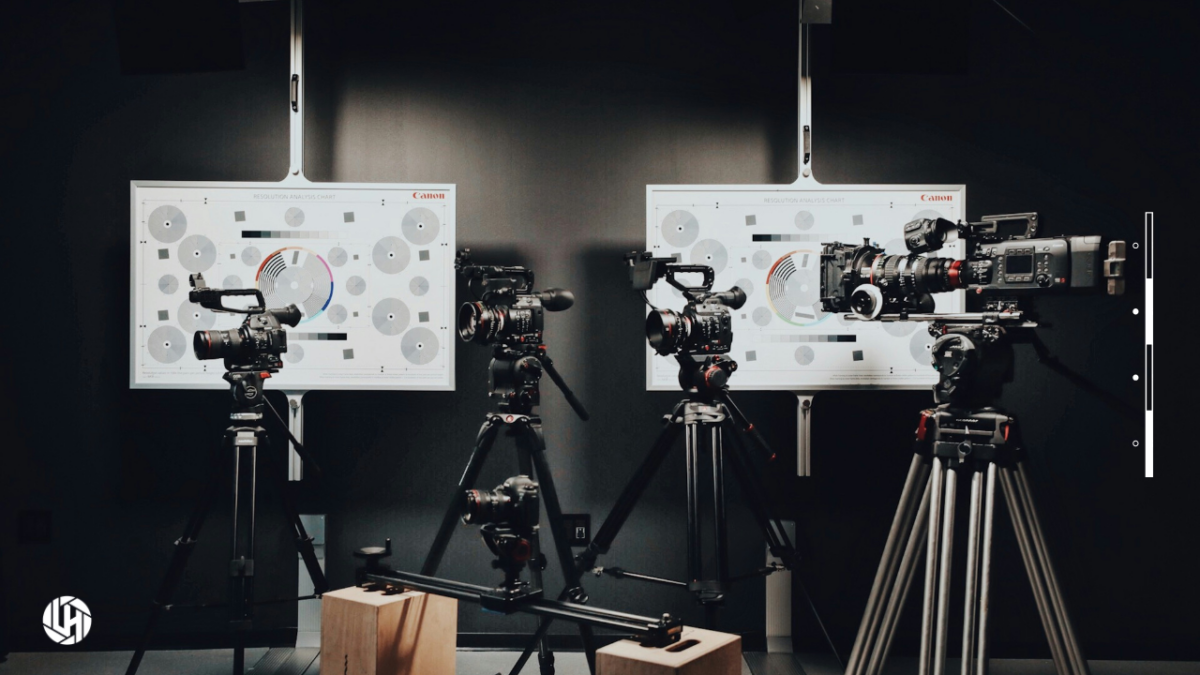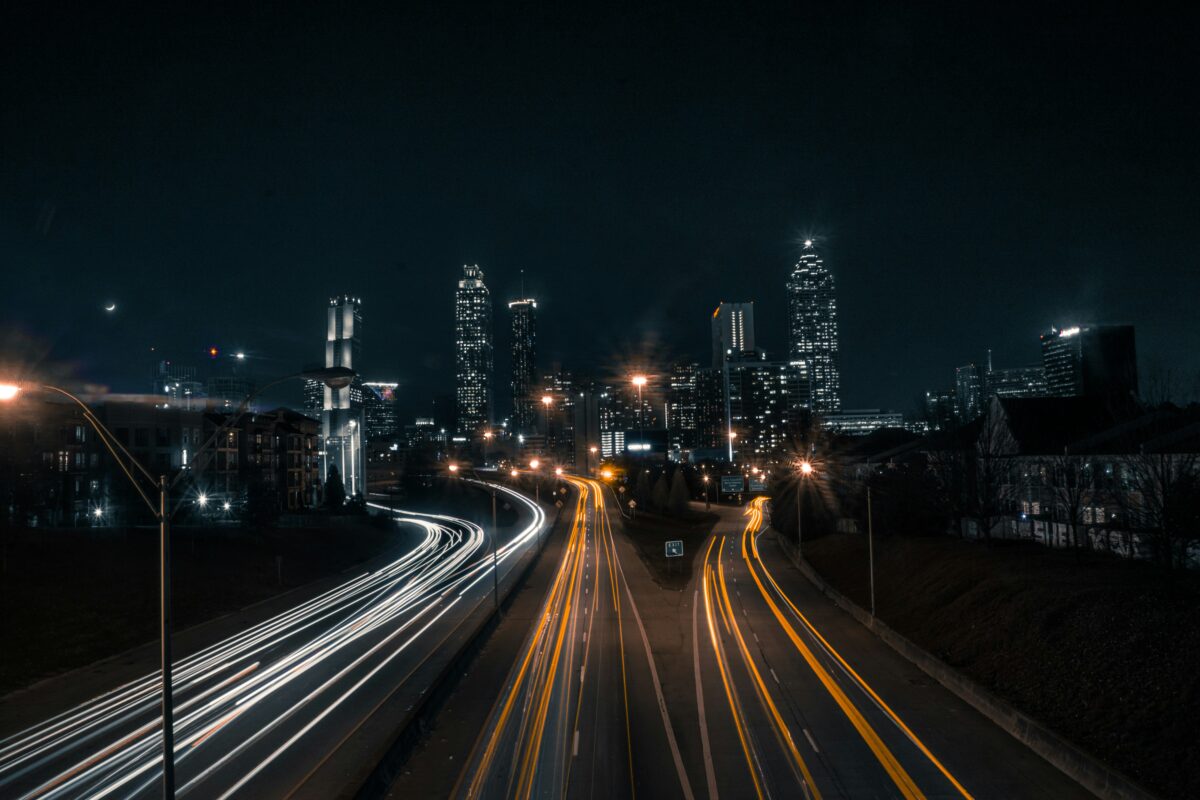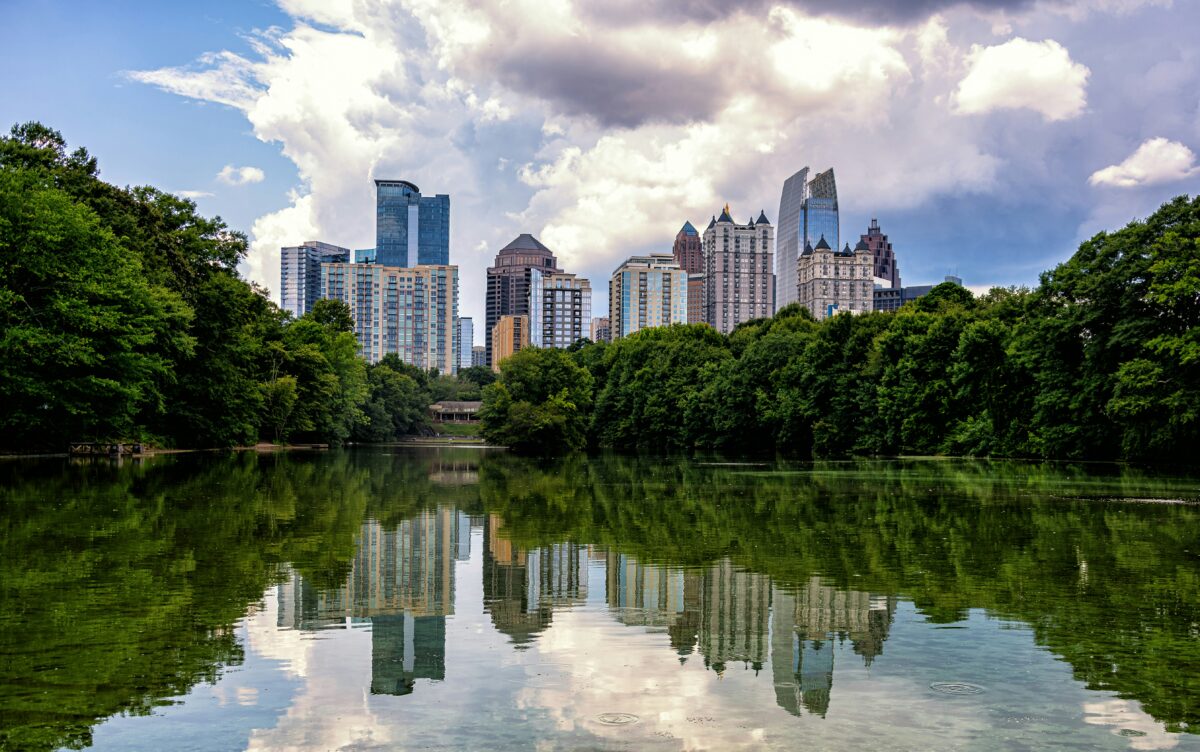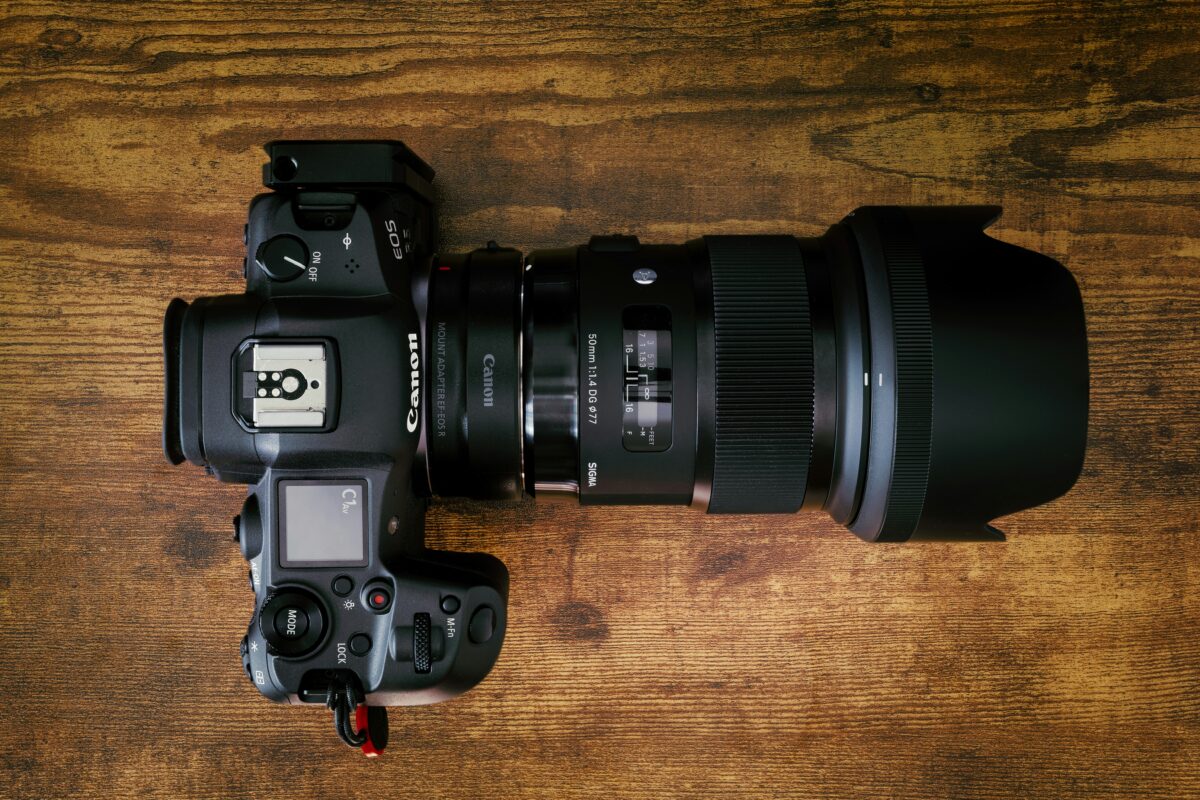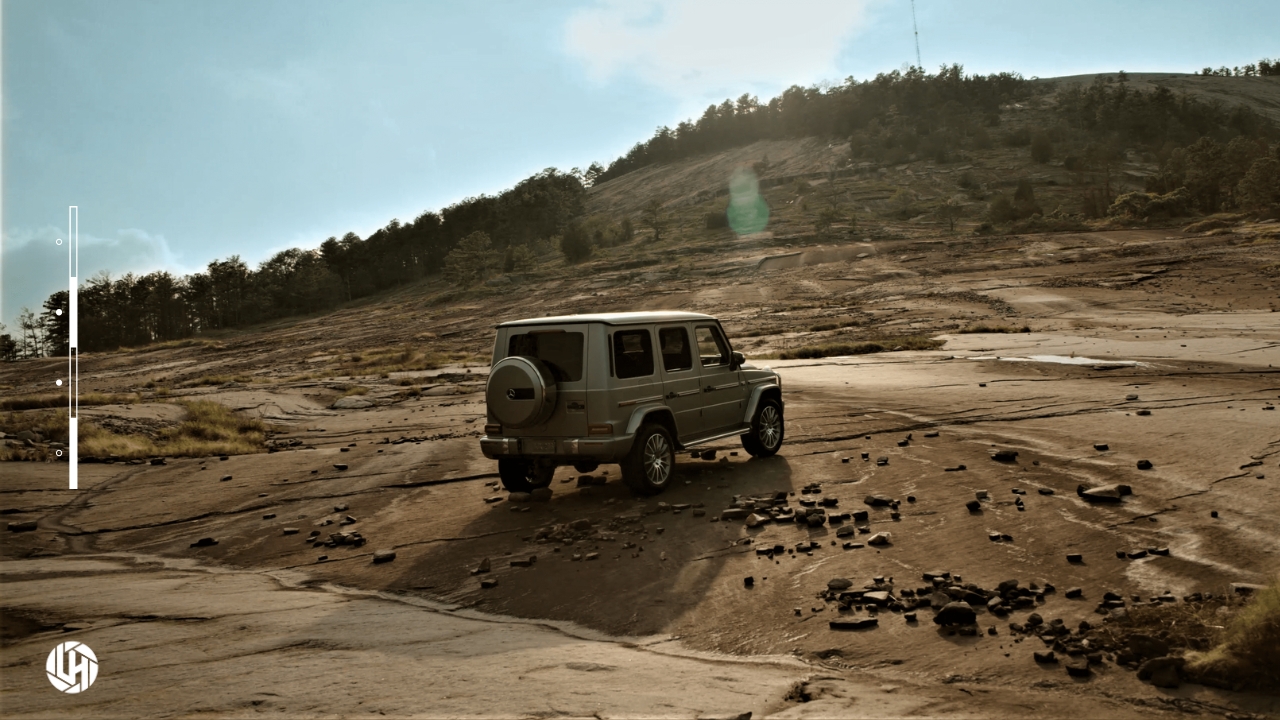Zeiss Master Anamorphic Lenses: The Lenses That Shot Weapons (2025)
lensheadmedia
on
August 18, 2025
The new mystery horror hit Weapons has captivated critics and audiences alike. Directed and co-written by Zach Cregger, the film’s atmospheric tone and striking visuals have propelled it to critical and box office success. As of mid-August 2025 it has earned over 149 million dollars worldwide. A key part of its visual identity comes from the decision to shoot with the exceptional ARRI Zeiss Master Anamorphic lenses.
What Makes Master Anamorphics Stand Out?
Created through a collaboration between ARRI and Zeiss, the Master Anamorphic series set a new benchmark in modern cinema optics. The collection includes nine high-performance primes ranging from 28 millimeters to 180 millimeters, most with fast T1.9 apertures, and with optional extenders that expand the range to 360 millimeters.
These lenses are celebrated for their remarkable optical performance. They offer virtually no image breathing and eliminate the “anamorphic mumps” distortion often seen in close-ups. A newly designed 15-blade iris produces beautifully smooth oval bokeh, with evenly illuminated highlights that give every frame a natural cinematic texture. The mechanics are based on the trusted Master Prime series, featuring robust barrels that resist dust and water while maintaining precise focus and aperture control.
Cinematographers also value the creative flexibility of the Master Anamorphics. With optional flare sets, the lenses can shift quickly between a clean, controlled image and the dramatic flares that anamorphic photography is known for. Reed Morano described them as “more controllable than other anamorphics, but still capable of gorgeous flares when you want them.” That combination of technical control and stylistic range is part of what makes them so attractive on set.
The Weapons Edge: Atmosphere Built on Optics
Although the production has not officially confirmed every lens choice, the immersive visual design of Weapons strongly reflects the strengths of the Master Anamorphics. The film’s unsettling atmosphere and finely composed imagery echo the qualities that these lenses are known for, including rich flares, creamy backgrounds, and exceptional skin tone reproduction.
The use of anamorphic framing contributes not only to the look of the movie but also to its psychological impact. The wider field of view, along with the subtle distortions and unique flare patterns, gives the film a grand sense of scale. As many cinematographers note, anamorphic images carry a built-in sense of gravity that makes stories feel more epic and emotionally resonant. For a mystery horror film, that immersive scope amplifies tension and dread in ways that standard lenses cannot easily match.
Technical Highlights at a Glance
Here are some of the defining features that set the Master Anamorphic series apart:
Focal length range: 28 millimeters to 180 millimeters with consistent T1.9 apertures (except for the 180 millimeter at T2.8) and optional extenders up to 360 millimeters.
Optical quality: Minimal distortion, no breathing, and no close-up warping.
Bokeh and iris design: A 15-blade iris creates smooth oval highlights that enhance the classic anamorphic look.
Build and design: Dust and water resistant barrels with sturdy mechanics modeled on the Master Primes.
Creative flexibility: Optional flare modules allow rapid adjustments in style without changing lenses.
Why Filmmakers Choose Them
Beyond their technical achievements, the Master Anamorphic lenses give filmmakers creative confidence. They offer clarity and control while still allowing for the imperfections that make anamorphic images feel alive. Cinematographer Stijn Van der Veken praised them for their “magical blend of resolution and contrast with unmatched smoothness.” Reed Morano admired their impressionistic bokeh and called them “lenses that just scream cinema.”
That combination of precision and artistry is what makes them a go-to choice for directors and cinematographers who want their films to feel both polished and emotionally rich.
In Summary: Zeiss Master Anamorphic Lenses and Weapons
The critical and commercial triumph of Weapons shows how important cinematography is to storytelling. The ARRI Zeiss Master Anamorphic lenses represent the kind of tools that can transform a strong script and direction into a fully realized cinematic experience. Their ability to combine sharpness with warmth, and control with character, makes them a natural fit for a film that thrives on tension, atmosphere, and emotional depth.
For filmmakers, studying Weapons is a reminder that the right lenses are not just technical choices. They are creative instruments that help shape the emotional and psychological response of the audience. The Master Anamorphics do more than capture images. They create the immersive cinematic worlds that keep viewers engaged from the first frame to the last.
